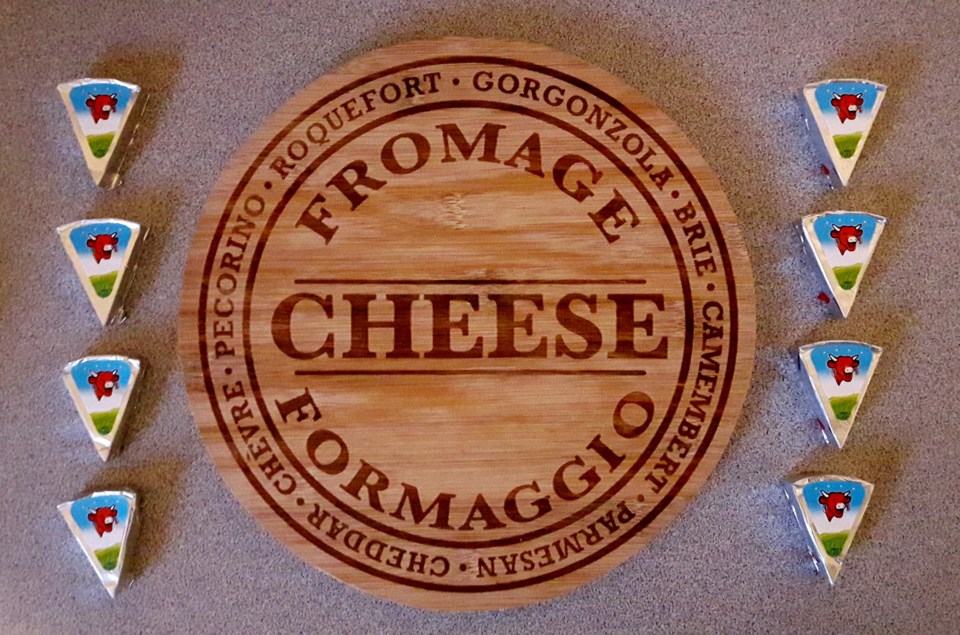By Martin Parnell
I have recently returned from a trip to the UK, where I visited family and friends in England and Wales. Whilst I was there, I indulged in one of my favourite foods, i.e. cheese.
When you mention British cheeses, most people probably think of good old English Cheddar, but it’s surprising just how many cheeses are produced there.
In Wales, the cheese making tradition goes back hundreds of years, but as farmers have learned to diversify, the country’s cheese output has grown to a point where you can easily stock a whole cheeseboard with everything from pungent soft cheeses to lemony blues and crumbly Caerphillys.
The Teifi company produces no less than 12 different cheeses, including eight different varieties of its acclaimed Gouda-style cheese with a dense, smooth and creamy texture, it’s sweet and mellow when young but develops qualities similar to Parmesan when aged. Another sought-after product is their Celtic Promise cheese – a mild Caerphilly-type cheese which has won more awards than any other cheese in Britain.
In England, you can find everything from Cathedral City, a brand of Cheddar Cheese to Cornish Brie, a handmade cheese made by Cornish Country Larder at their farm in Cornwall. Then there’s Double Gloucester, Wenslydale, Wookey Hole Cheddar, Dorset Blue Vinney, Sage Derby, Appledore, the list goes on. The British Cheese Board states that “there are over 700 named British cheeses produced in the UK.”
Some historians believe that cheese-making may have been discovered accidentally when sheep herders stored milk in the stomach of an animal. This would have caused the enzyme found in the stomach of ruminant animals to coagulate the milk. The milk would have then separated into curds and whey. However, this is currently only a theory.
Historians know that by the time of the Roman Empire, cheese-making had become a widespread practice throughout most of Europe and the Middle East. There were hundreds of different types of cheese available to Ancient Romans and these cheeses were traded all over the Empire.
“Cheesy” Facts:
• Roquefort, Brie de Meaux and Casu Marzu are cheeses that are illegal in the U.S
• The European Union is the top producer of cheese in the world
• On average, the French consume about 60 pounds per person per year.
• Germany comes in second with 53 pounds of cheese consumed per person per year.
• Parmigiano-Reggiano, Camembert and Bavarian Swiss are the most popular cheeses in the world.
The Foodimentary website provided these tidbits of information:
• There are over 2,000 varieties of cheeses.
• The #1 cheese recipe in America is “Macaroni and Cheese”.
• The terms “Big Wheel” and “Big Cheese” originally referred to those who were wealthy enough to purchase a whole wheel of cheese.
• Chevre is French for goat and refers to cheese made from goat’s milk.
There are many ways to enjoy cheese in one of its various forms e.g. Cheese fondue, a grilled cheese sandwich or by sampling out a cheese you haven’t tried before.
If you really want to celebrate cheese then check out National Cheese day, National Grilled Cheese Day, National Cheese Pizza Day or National Cheese Lover’s Day. Remember cheese makes the world go round.
© 2019 Martin Parnell
[email protected]
www.martinparnell.com




